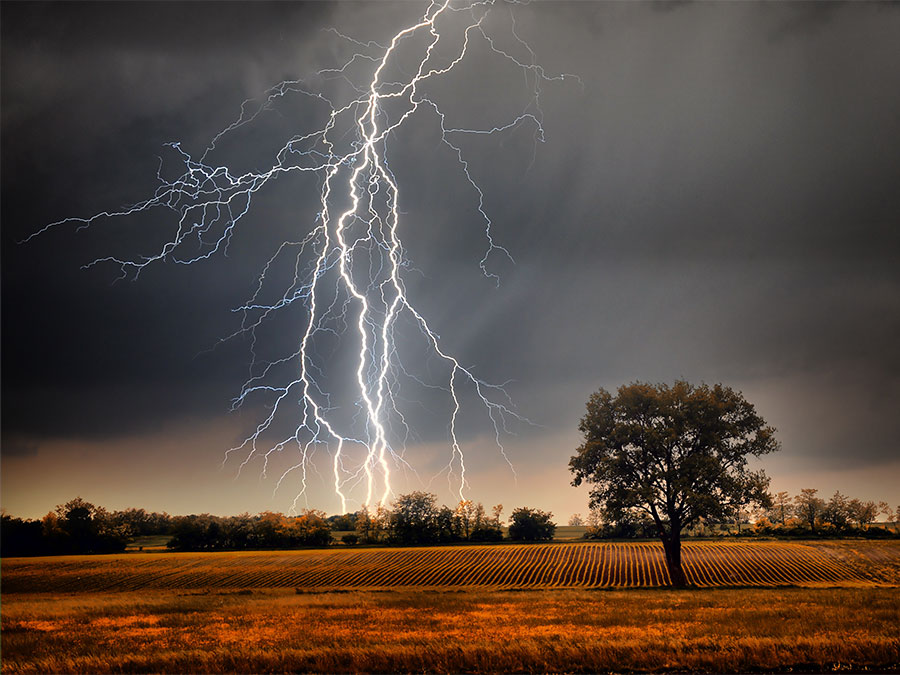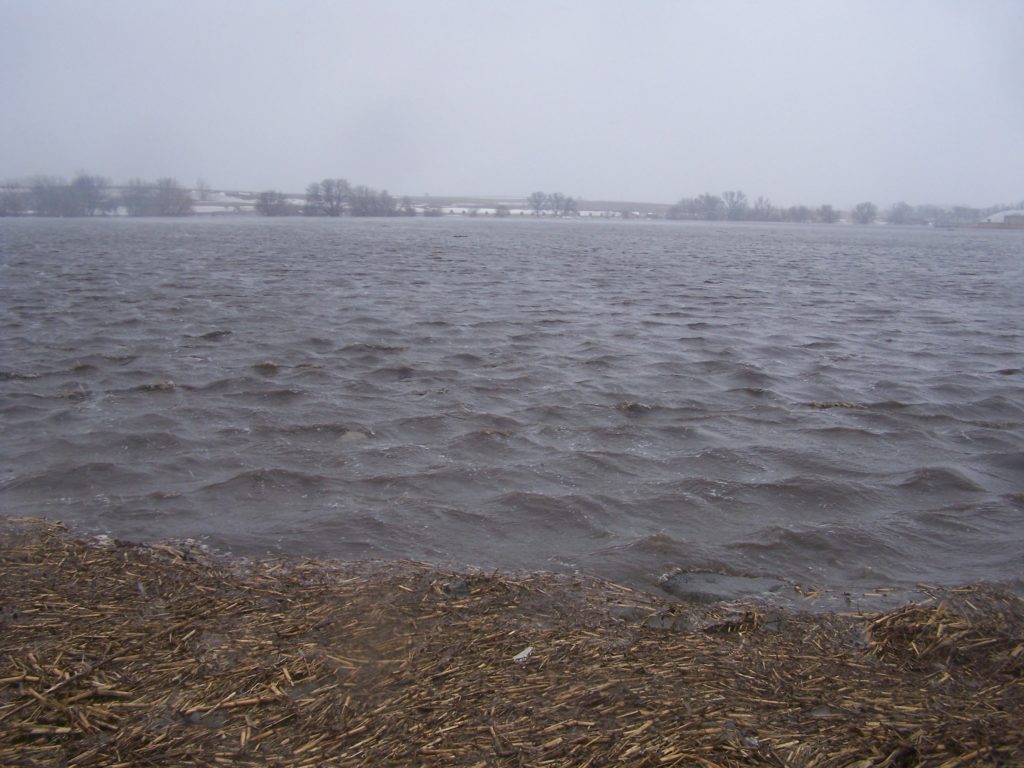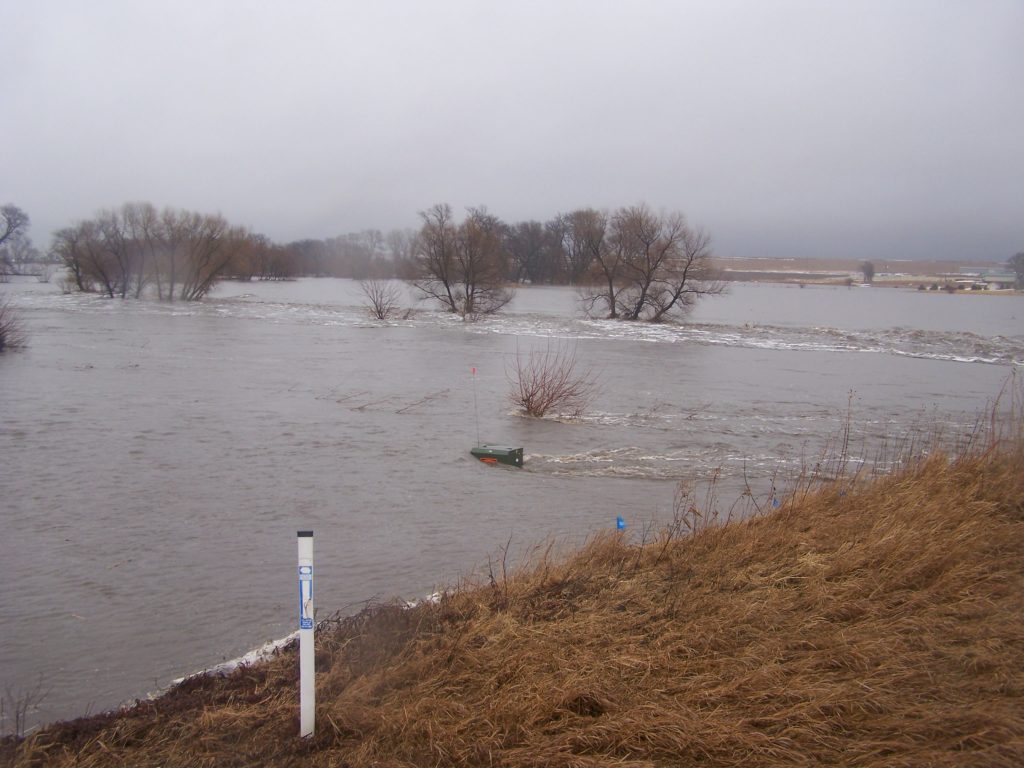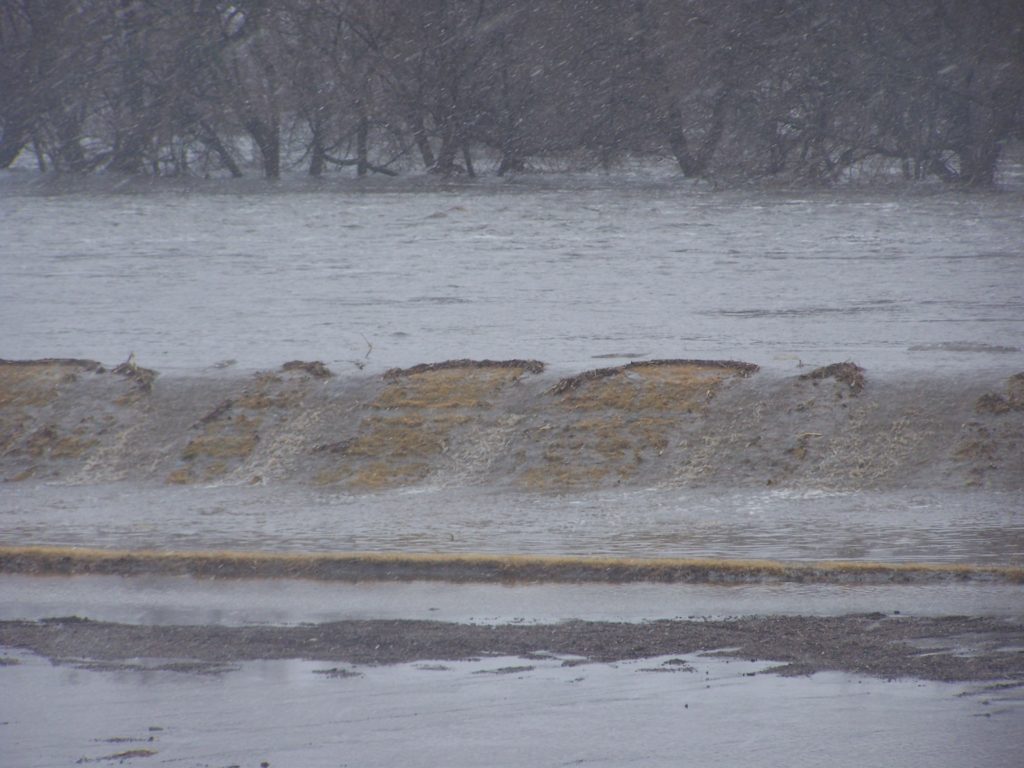Thunderstorms And Lightning
(Sioux Falls) — This week is recognized as National Severe Weather Awareness Week, and Meteorologist Peter Rogers of the National Weather Services at Sioux Falls says now is the time to plan for when severe weather will strike this year.
Rogers says Monday’s focus is on severe thunderstorms and lightning. He says there is no truth to the weather myth that lightning will not strike twice in the same place. He says lightning can and often does strike the same place twice.
The National Weather Services meteorologist says when a severe thunderstorm is approaching your area, the best option is to seek shelter.
Rogers says each year, in the United States, on average, 49 people are killed by being struck by lightning, and hundreds of others are injured by lightning strikes.
Tornadoes
One of the most feared weather related incidents are
tornadoes. Within minutes, and usually without much advance notice or warning, tornadoes can appear and destroy a community, and unfortunately at times cause injuries, or even fatalities. The National Weather Services wants everyone to be prepared, and to know where to seek shelter if a tornado
warning is issued for your area. This week is National Severe Weather Awareness Week with today’s focus on tornadoes. Several communities across the country will test their weather warning sirens at 11:00 a.m. today (Wednesday).
Meteorologist Peter Rogers with the National Weather Services in Sioux Falls says this would be the ideal time to rehearse a tornado drill, and seek shelter.
Rogers says a common myth about tornadoes is they won’t ever cross a body of water. But the weather official says that simply is not true.
Rogers explains where are the best places to seek shelter when a tornado has been spotted, and a tornado warning has been issued.
The weather meteorologist says if you are traveling and see a tornado, you should perhaps go to a ditch, or the lowest possible spot.
Despite a popular video that has gone viral on social media
platforms, Rogers says you should never seek shelter from a tornado under an overpass.
Le Mars tests their tornado weather warning sirens on the first Monday of each month from April through November. Tomorrow, we will conclude our series of severe weather awareness week by examining flash floods.
Warning Devices
We continue our series of reports focusing on severe weather conditions during this week recognized as National Severe Weather Awareness Week. Peter Rogers serves as a meteorologist with the National Weather Services in Sioux Falls and he says we need to be able to receive any messages issued by the National Weather Services when threatening and severe weather may be within our area. Many people are alerted to severe weather through text alerts through their cellular phone provider. However, Rogers says we may not want to solely depend upon or cell phones to tell us if we are in the middle of severe weather.
Rogers says outdoor warning sirens are a great use to alert a community of a pending storm or tornado, but Rogers says they are not meant to alert people who are indoors.
The weather services meteorologist tells the difference between a Watch and a Warning, and he offers an explanation as to the criteria when either a Watch or Warning is issued.
Rogers reminds us that strong straight-line winds can be as dangerous as a tornado. He says last year’s derecho wind storm that passed through Iowa on August 10th is an excellent example as it did considerable damage to crops, trees, utility powerlines, grain storage facilities, and buildings, but no tornado was detected.
Le Mars is scheduled to test their outdoor warning sirens on Wednesday at 11:00 a.m. then from April through November those outdoor warning sirens will be tested once a month on the first Monday of the month at 1:00 p.m.
Flash Flooding
We conclude our special series of reports with today’s focus on flash flooding. Meteorologist Peter Rogers with the National Weather Services at Sioux Falls says flash flooding can often prove to be deadly.
Rogers says driving can be especially dangerous when you come upon a flash flood situation. He says the slogan “Turn Around and Don’t Drown” was created to alert motorists of the potential dangers with flash flooding.
Rogers says night-time drive also poses an extra potential dangerous risk with flash flooding.
The National Weather Services official says when flash flooding occurs, you need to seek higher ground as quickly as possible. Rogers says people need to be aware of potential dam breaks, or earthen berms breaching which also leads to massive amounts of water, as well as when rivers and streams overflow causing flooding conditions.
(photos contributed.)





















